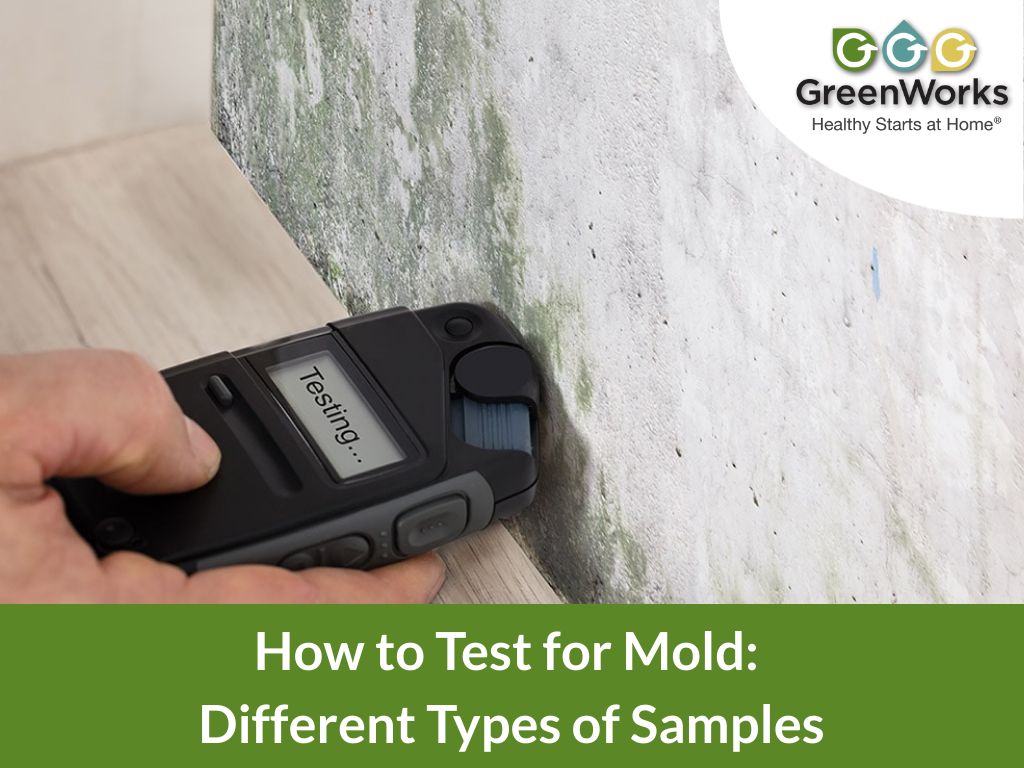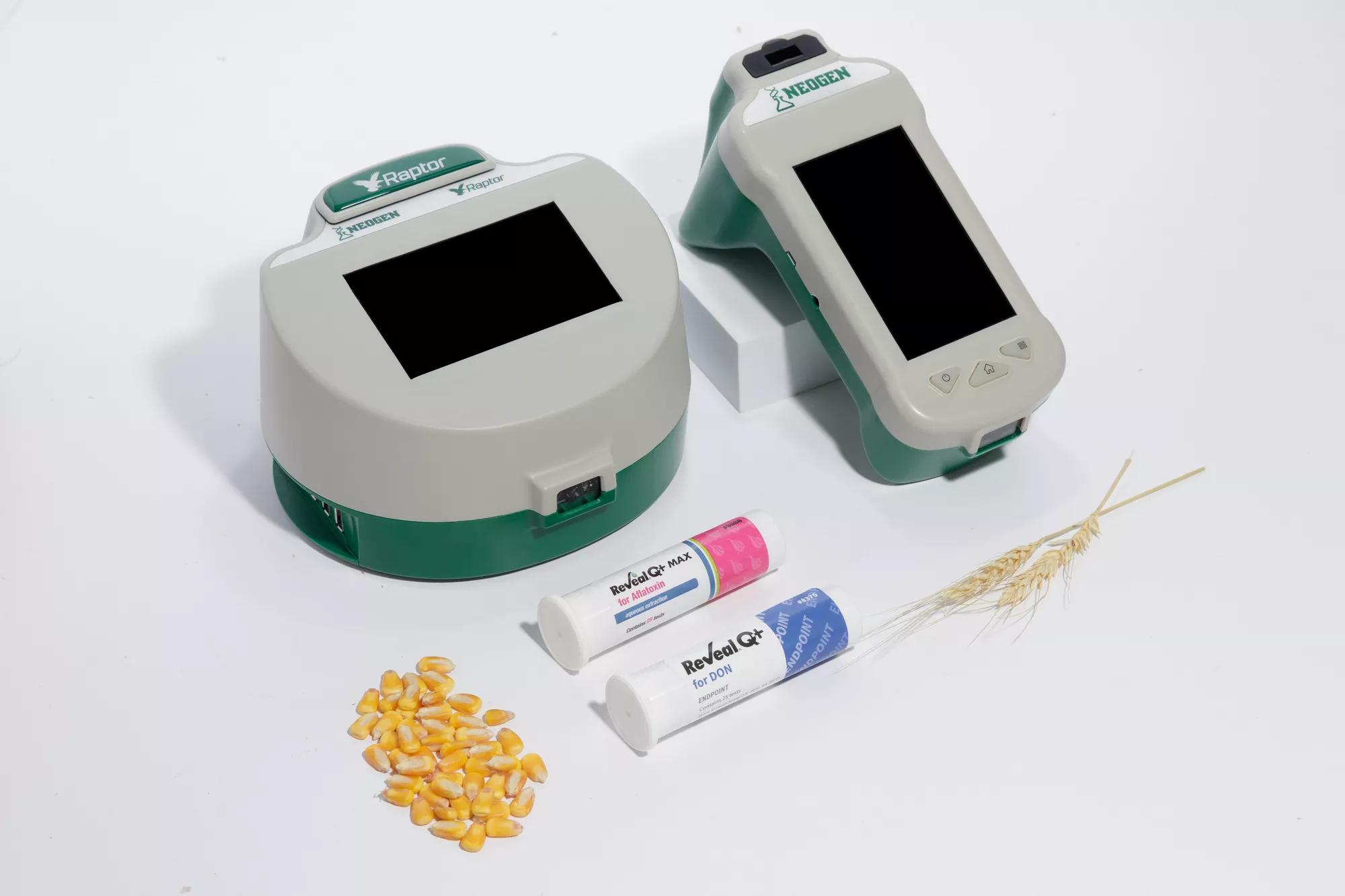Exactly How Mycotoxin Screening Helps Prevent Contamination and Protect Food Materials

Mycotoxin testing is a crucial method in the food sector, serving as a frontline defense against contamination by hazardous toxic substances generated by mold and mildews. With the application of advanced techniques like High-Performance Liquid Chromatography (HPLC) and Liquid Chromatography-Mass Spectrometry (LC-MS), food producers can precisely quantify and spot mycotoxin levels in agricultural items.
Comprehending Mycotoxins
Recognizing mycotoxins starts with recognizing that they are harmful secondary metabolites produced by specific mold and mildews, which can contaminate farming products. These metabolites are not important for the development or recreation of the fungi yet can have severe implications for animal and human health and wellness. Mycotoxins are generally discovered in staple plants such as corn, wheat, barley, and nuts, where they can proliferate under certain conditions of wetness and temperature.
There are a number of kinds of mycotoxins, each produced by various fungal varieties. Aflatoxins, produced by Aspergillus species, are among the most infamous, recognized for their cancer causing buildings. An additional significant group consists of ochratoxins, created by Aspergillus and Penicillium types, which have nephrotoxic impacts. Fusarium varieties create trichothecenes and fumonisins, both of which are related to different intense and persistent wellness issues.

Threats of Mycotoxin Contamination
The risks of mycotoxin contamination are complex, presenting substantial hazards to both food security and public health. Mycotoxins, toxic compounds generated by specific types of fungis, can infect a broad array of farming items consisting of cereals, nuts, spices, dried out fruits, and coffee.
Financial effects are another major concern. Infected plants can result in substantial monetary losses for farmers and food producers due to decreased yields and the requirement for pricey decontamination procedures. Moreover, global trade can be substantially prevented as nations enforce rigorous mycotoxin policies to protect their populaces, causing turned down shipments and strained profession connections.
Ecological aspects such as environment modification aggravate the risk of mycotoxin contamination. Variants in temperature and moisture can develop favorable conditions for fungal development, raising the chance of contamination occasions. Thus, understanding and minimizing these risks are critical for making sure the safety and stability of international food supplies.
Techniques of Mycotoxin Examining
Precisely identifying mycotoxin contamination in farming products is crucial for safeguarding public wellness and keeping food security criteria. Different methods are utilized to discover and evaluate mycotoxins, each offering particular benefits and limitations.
High-Performance Liquid Chromatography (HPLC) is a commonly made use of technique click for more info due to its high sensitivity and precision. It entails separating mycotoxins from other materials in a sample, making it possible for exact metrology. Liquid Chromatography-Mass Spectrometry (LC-MS) integrates fluid chromatography with mass spectrometry to give comprehensive molecular info, making it specifically useful for determining multiple mycotoxins all at once.

Gas Chromatography-Mass Spectrometry (GC-MS) and Thin-Layer Chromatography (TENDER LOVING CARE) are additionally used, each with special applications. GC-MS works for volatile mycotoxins, while TLC offers a less complex, economical choice for initial testing.
Advantages of Routine Testing
Routine screening for mycotoxins in agricultural products supplies many benefits, significantly adding to public wellness and food security. By identifying contamination early, routine screening aids protect against the circulation of hazardous foods, consequently reducing the danger of mycotoxin-related diseases among customers. This positive approach not just safeguards human health and wellness yet additionally enhances the total top quality of food products.
Consistent screening additionally supports regulative conformity. Various countries and regions have actually established rigorous restrictions for mycotoxin degrees in food and feed. Adhering to these restrictions with normal testing ensures that producers and vendors satisfy lawful standards, thus preventing fines and trade obstacles. Furthermore, maintaining conformity cultivates customer depend on and brand reputation, which are important for market success.
Additionally, routine mycotoxin testing can lead to significant financial advantages. Early detection of contamination enables timely intervention, reducing prospective losses from widespread contamination. Implementing regular testing protocols can also lessen recall expenses and related liabilities, which can be economically ravaging.
Furthermore, normal screening gives useful information that can notify far better agricultural practices and storage space conditions. By recognizing patterns of contamination, producers can take on preventative actions, therefore minimizing future dangers and adding to the sustainability of the food supply chain.
Applying Evaluating Protocols
Executing reliable mycotoxin screening methods is essential for ensuring the safety and high quality visit site of agricultural products. Each phase should be scrutinized to pinpoint where mycotoxin contamination is most likely to happen.
As soon as critical control factors are determined, selecting proper screening methods is vital. Usual strategies include enzyme-linked immunosorbent assay (ELISA), high-performance fluid chromatography (HPLC), and mass spectrometry (MS) Each method has its strengths and weak points; hence, picking the appropriate one relies on the specific mycotoxin being checked, the needed level of sensitivity, and readily available resources.

Lastly, incorporating the testing procedures into a comprehensive food safety monitoring system is recommended. This enhances traceability and allows quick corrective activities when contamination is detected, therefore safeguarding the integrity of the food supply chain.
Conclusion
Mycotoxin screening is crucial in protecting against contamination and guarding food materials by making it possible for early detection of dangerous toxic substances created by mold and mildews in agricultural products. Normal testing boosts brand credibility, financial security, and depend on in food security by minimizing contamination-related losses and preserving high criteria in food production.
Mycotoxin testing is an important method in the food market, offering as a frontline defense versus contamination by damaging toxic substances created by mold and mildews. An incorporated technique entailing agricultural practices, storage space management, and find out normal testing can mitigate the dangers linked with mycotoxin contamination, ensuring food security and public wellness.
The dangers of mycotoxin contamination are complex, posing considerable dangers to both food safety and security and public wellness.Regular testing for mycotoxins in agricultural products supplies countless benefits, dramatically contributing to public wellness and food safety and security.Mycotoxin screening is vital in preventing contamination and securing food products by making it possible for early detection of hazardous contaminants generated by molds in farming items.